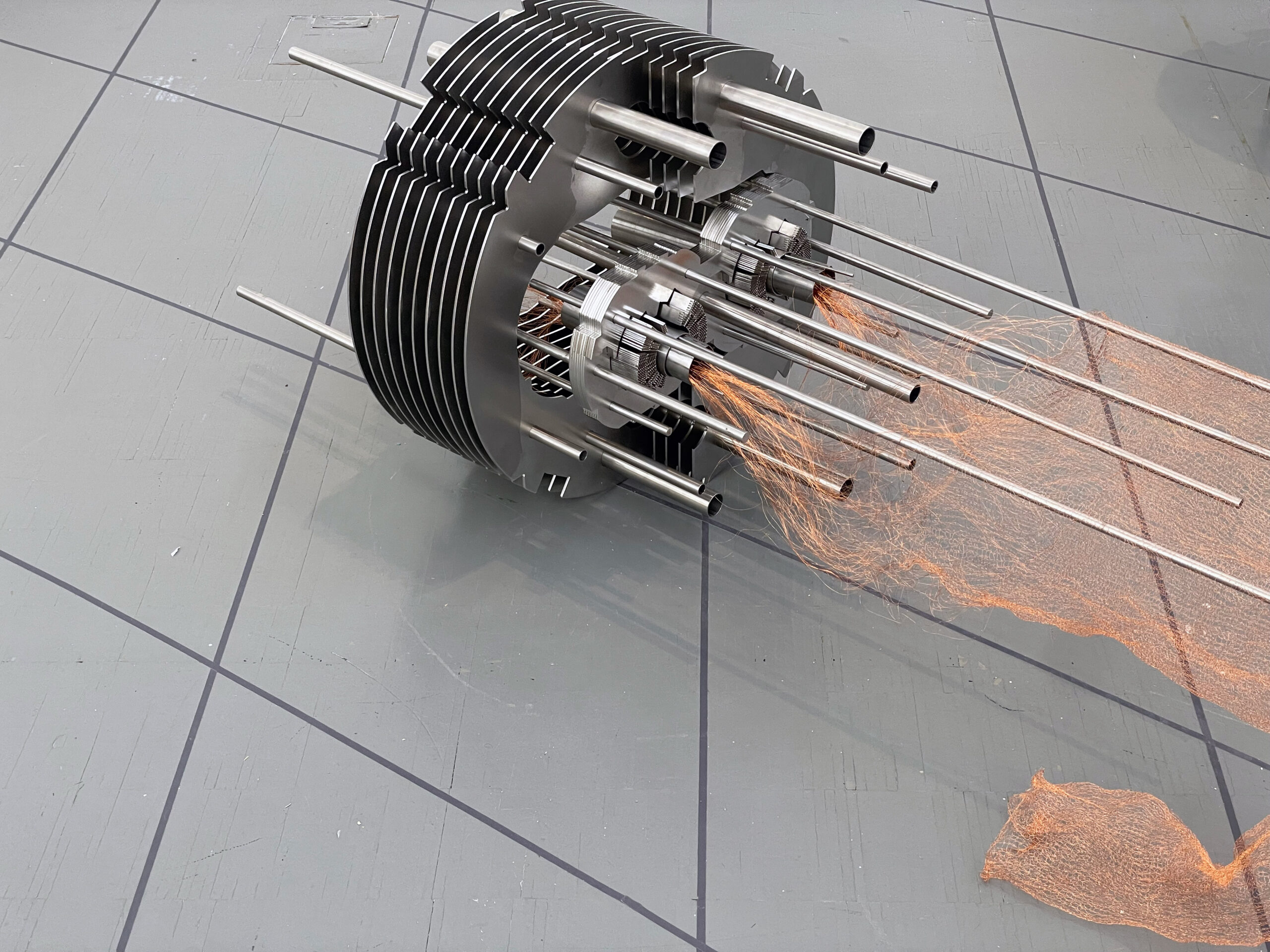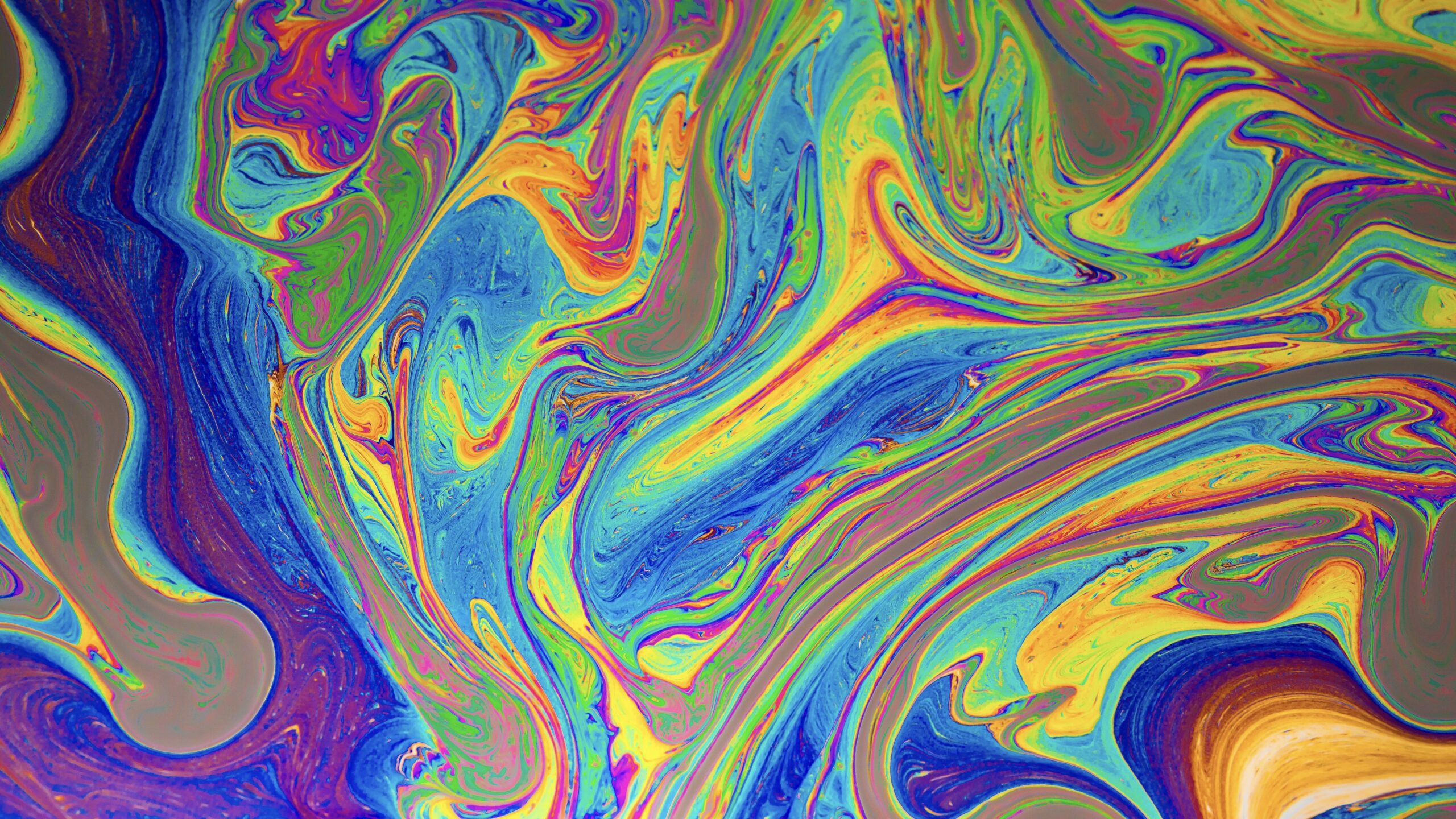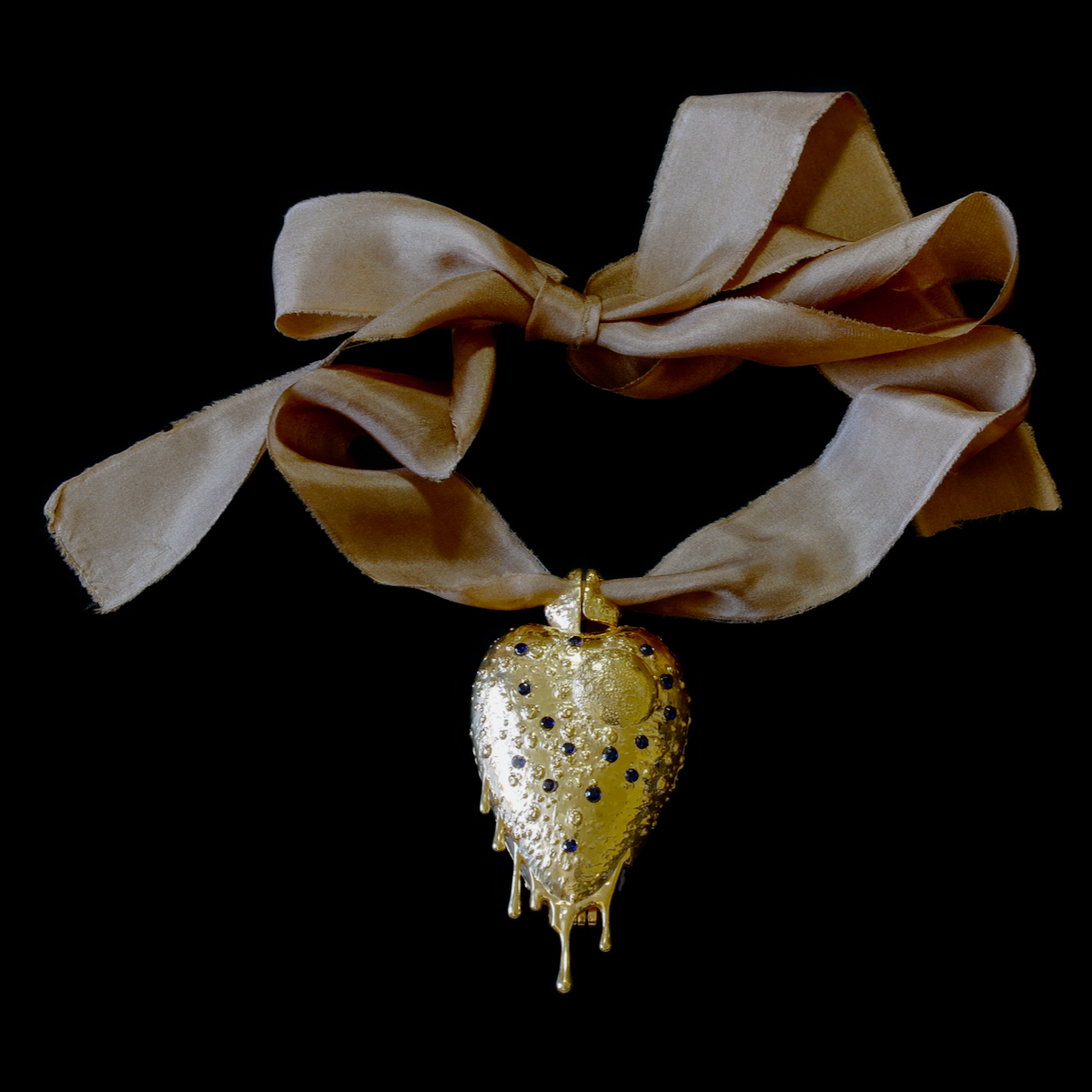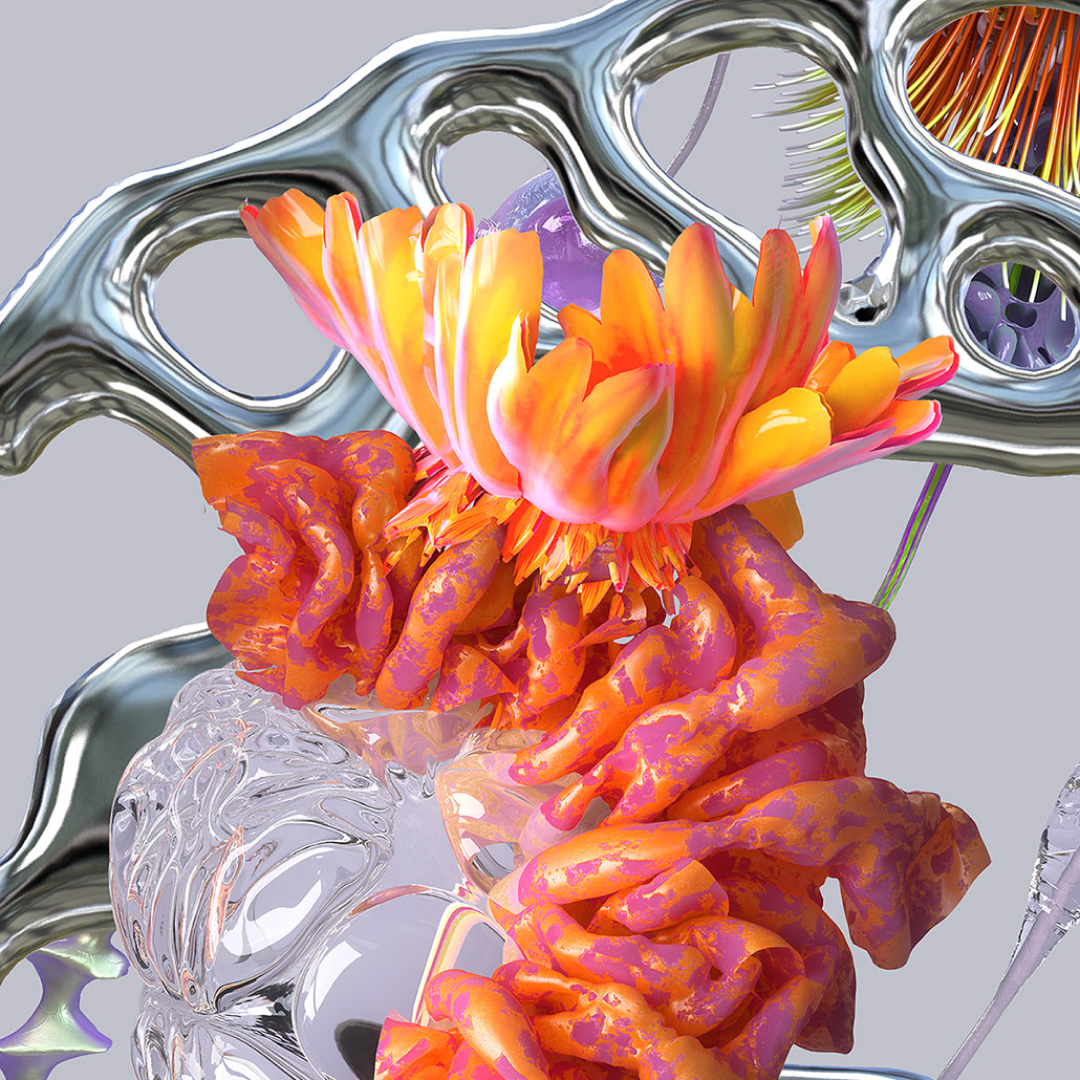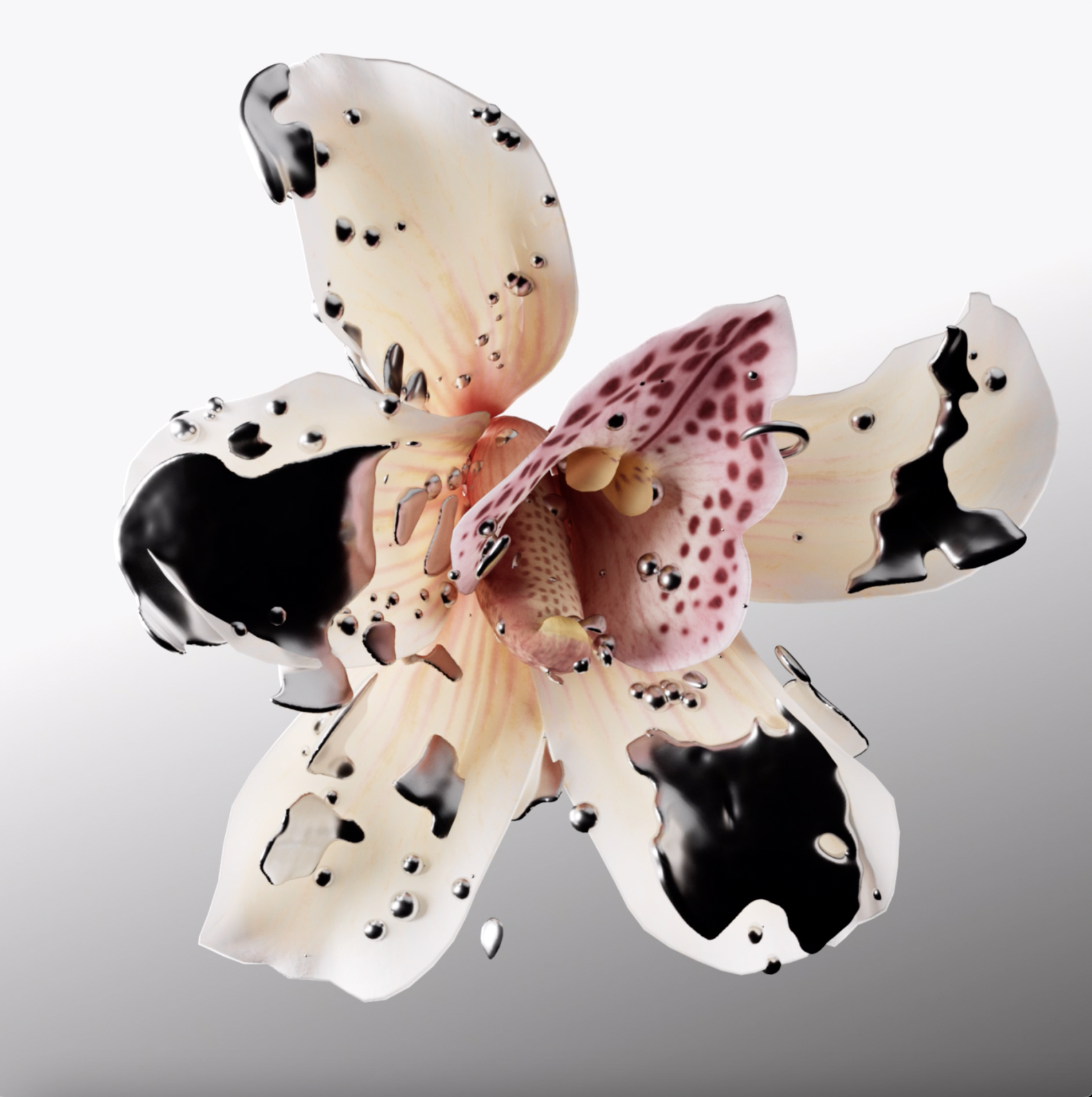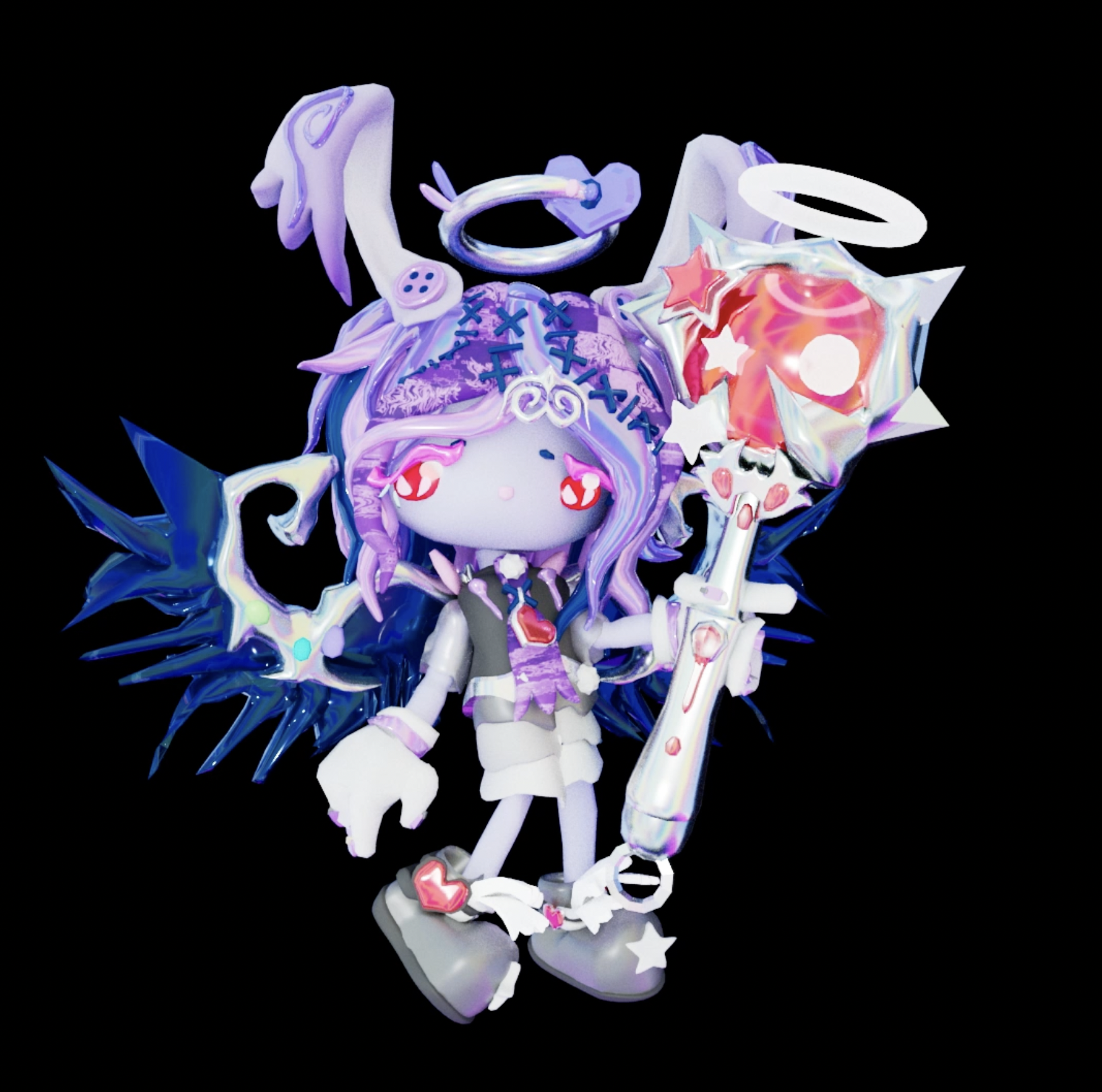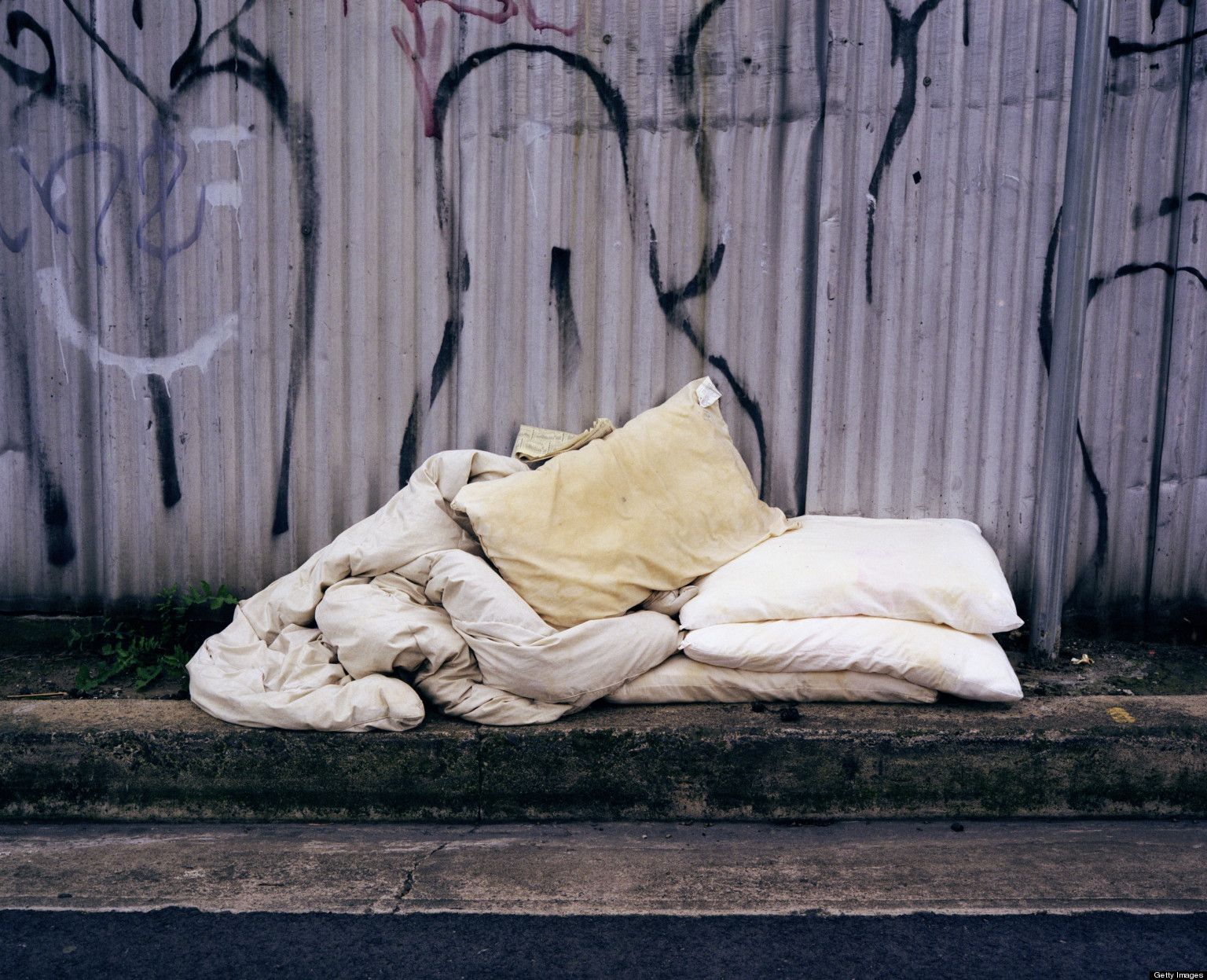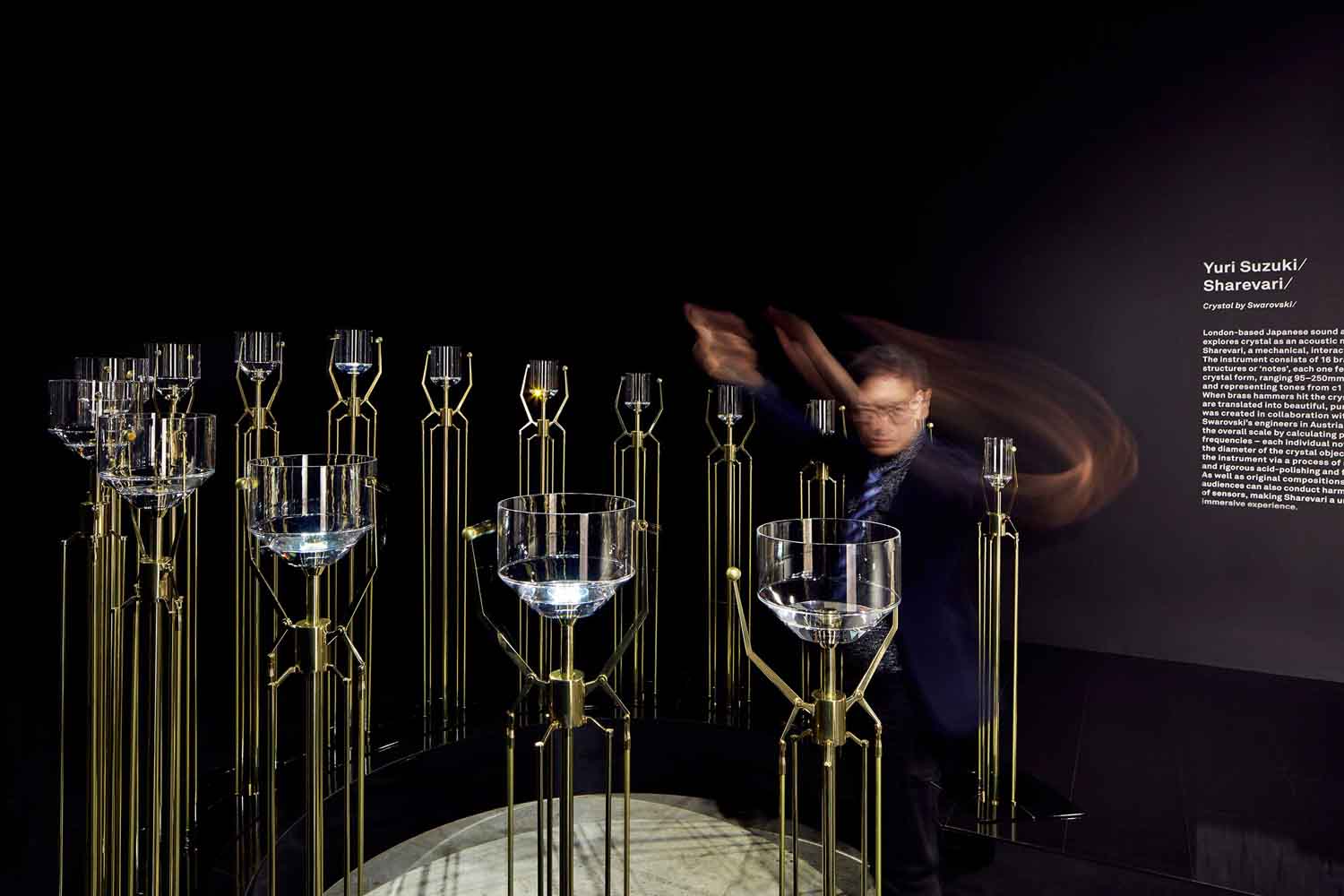
A dialogue on art, philosophy and self irony
Jan. 29, 2025
Beyond the Surface
Emilie Hirayama on Art, Beauty, and Time
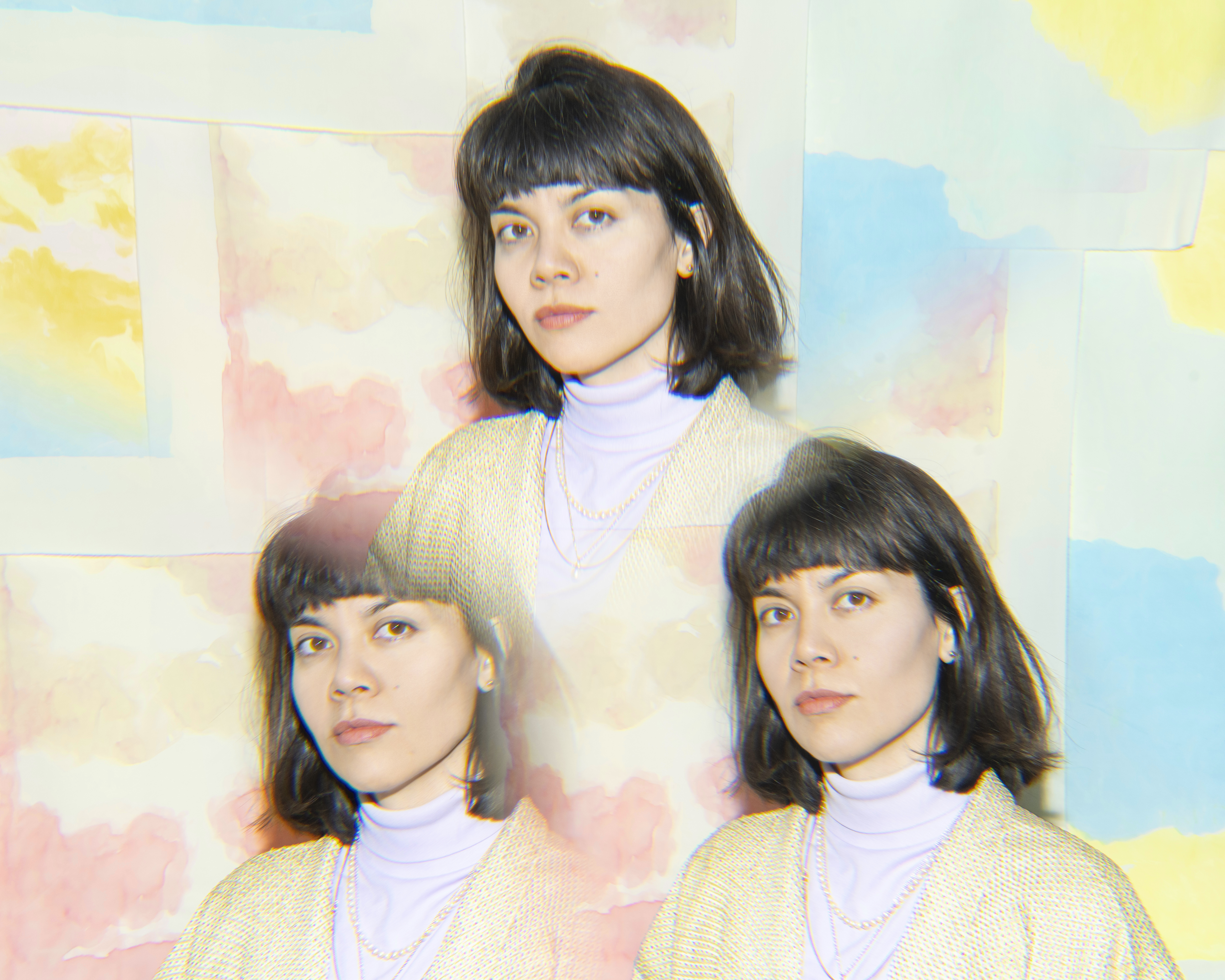
Emilie Hirayama is a Paris-based franco-Japanese Artist, co-founder at design and art studio Super Surface that transform scenography, set design, retail design and furniture into unique piece.
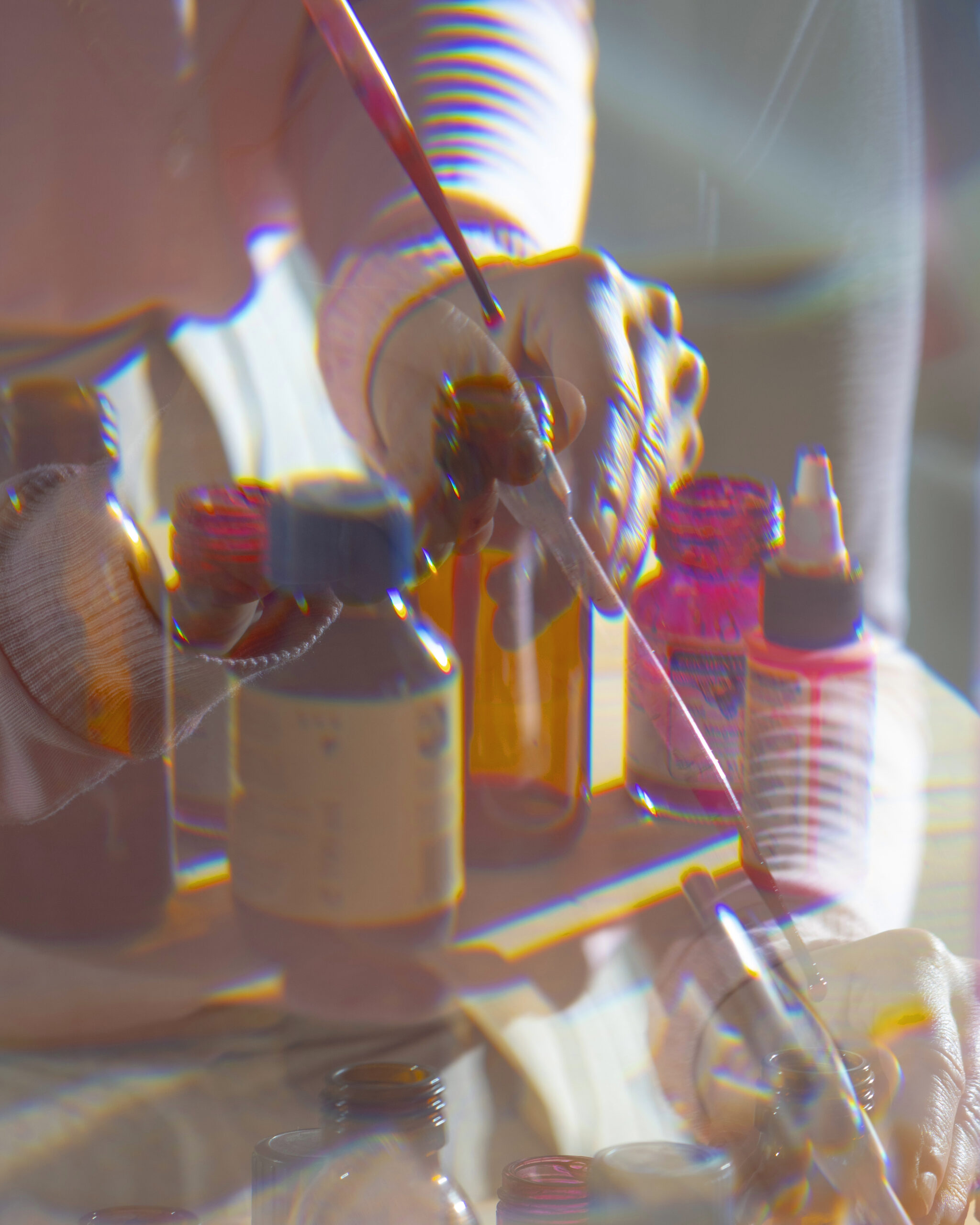
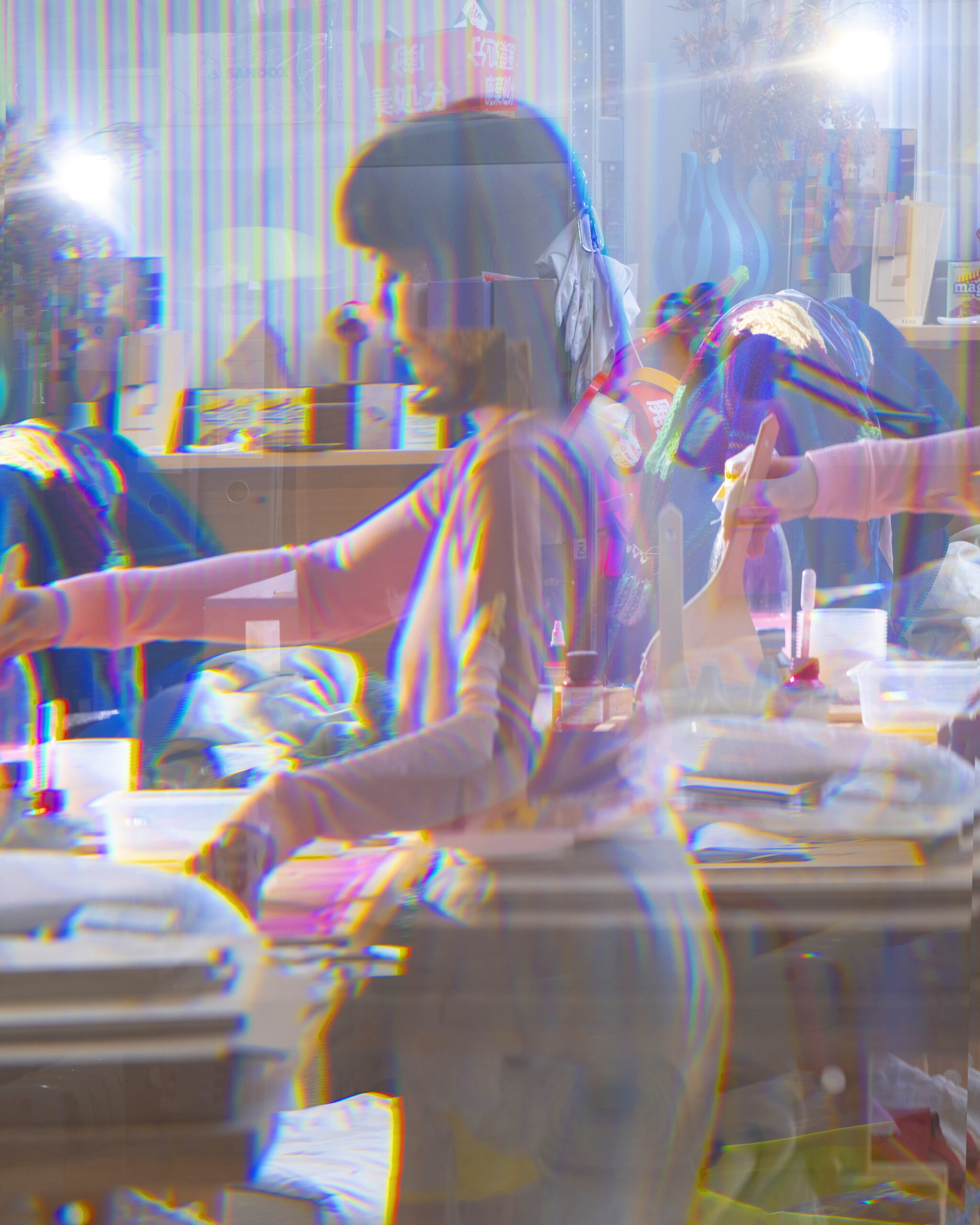
Interview
by Natasha Klimchuk
Why did you fall in love with art?
It just happened. As far as I can remember, I have liked to make things the way I want them to be. For a long time, I couldn't find this kind of stuff in the supermarket or in shops, so I just made it myself. I'm not going to wait for someone else to think of it and make it happen because I know exactly what I want. I don't know if I've changed the world, but I'm at least making the world around me the way I want it to be. That’s how I live my life.
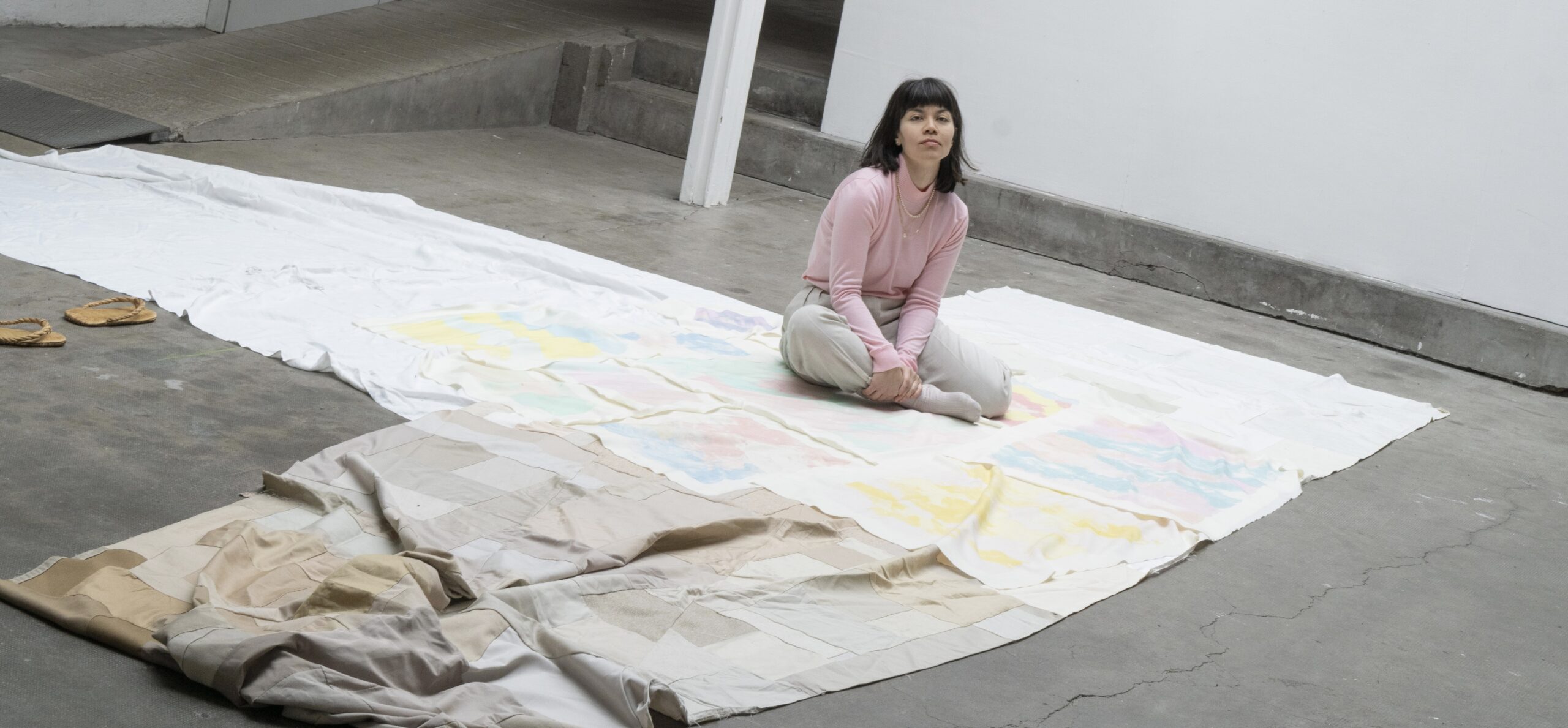
How do you understand that something is beautiful?
It's not mental. It's really emotional.
The more I create, the more I know exactly what I like. And I guess it's a feeling, it's hard to explain. I didn't intentionally want to create my first painting, it just happened. I am not mentalizing. I just know that there's a path I have to go into. You just know that something is the beauty when you see something beautiful. It doesn't have to go through your brain. It's your stomach, your gut.
I really do believe truly that when you look closely at things, whatever it is, there is a beauty.
Beauty is something that you create when you look at things, it's not something that exists by itself. It's the way you look at things that makes them beautiful.
Tell us about this style?
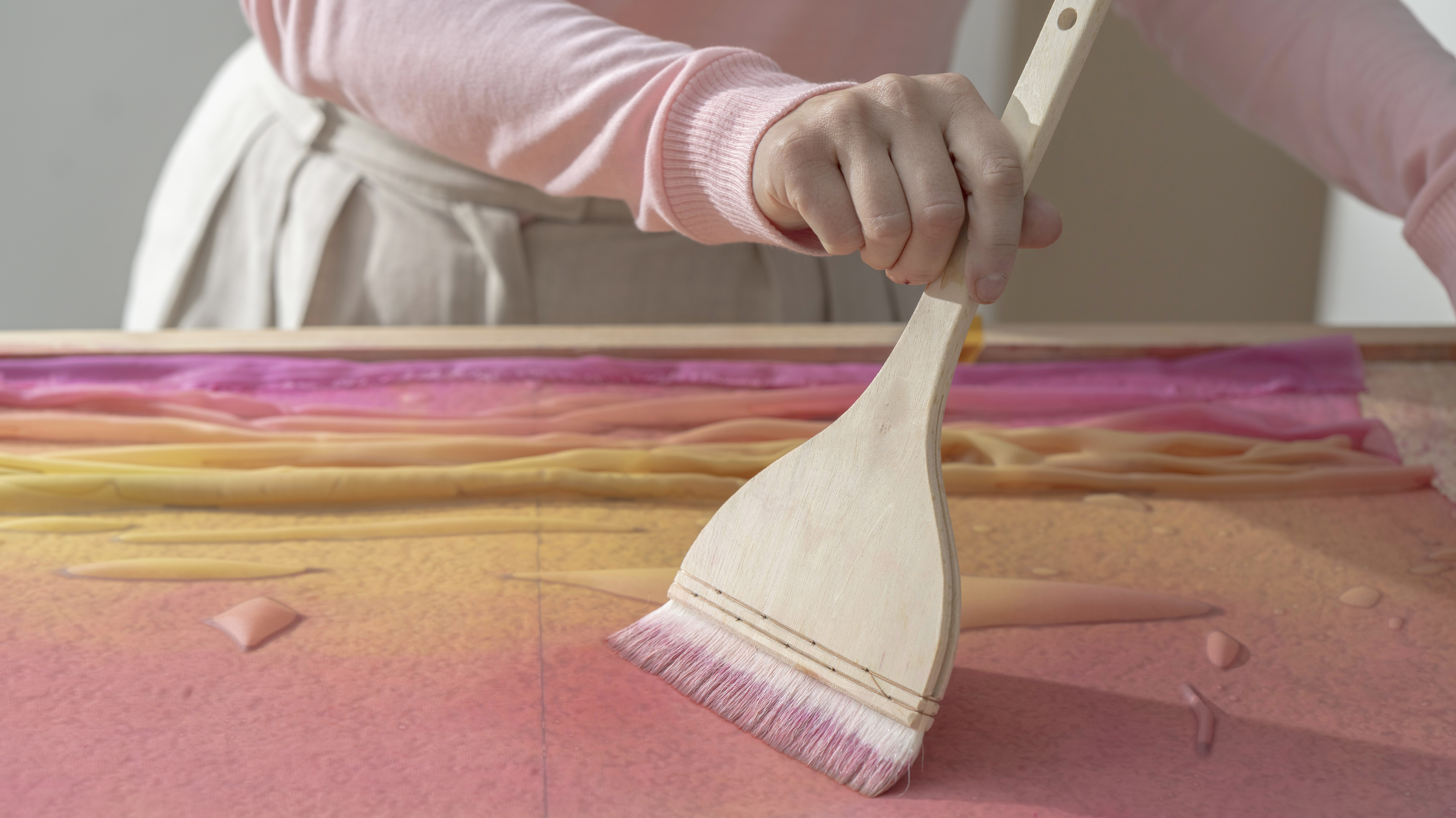
Here is a very ancient art of marbling called "Suminagashi", which is a Japanese technique from the 12th century. And it was at the beginning really a method of meditation for the monk.
They were dropping black ink onto the surface of water with brushes. It was not soap, but something to make black and white into circles. You would put down black ink, then white, and then a pattern would appear on the surface. And once you had this circle, you could change it just by blowing the surface of water.
Then you print it onto the paper just by pulling it onto the surface. So it's really about being in the moment, because each piece is unique. And it's really made in a second, it's really instant, it's really about meditation.
I like the idea that the technique is controlling me as well as I'm controlling it. And, yeah, I like this idea of flow
So this is dialogue?
Yeah, it's really a dialogue.
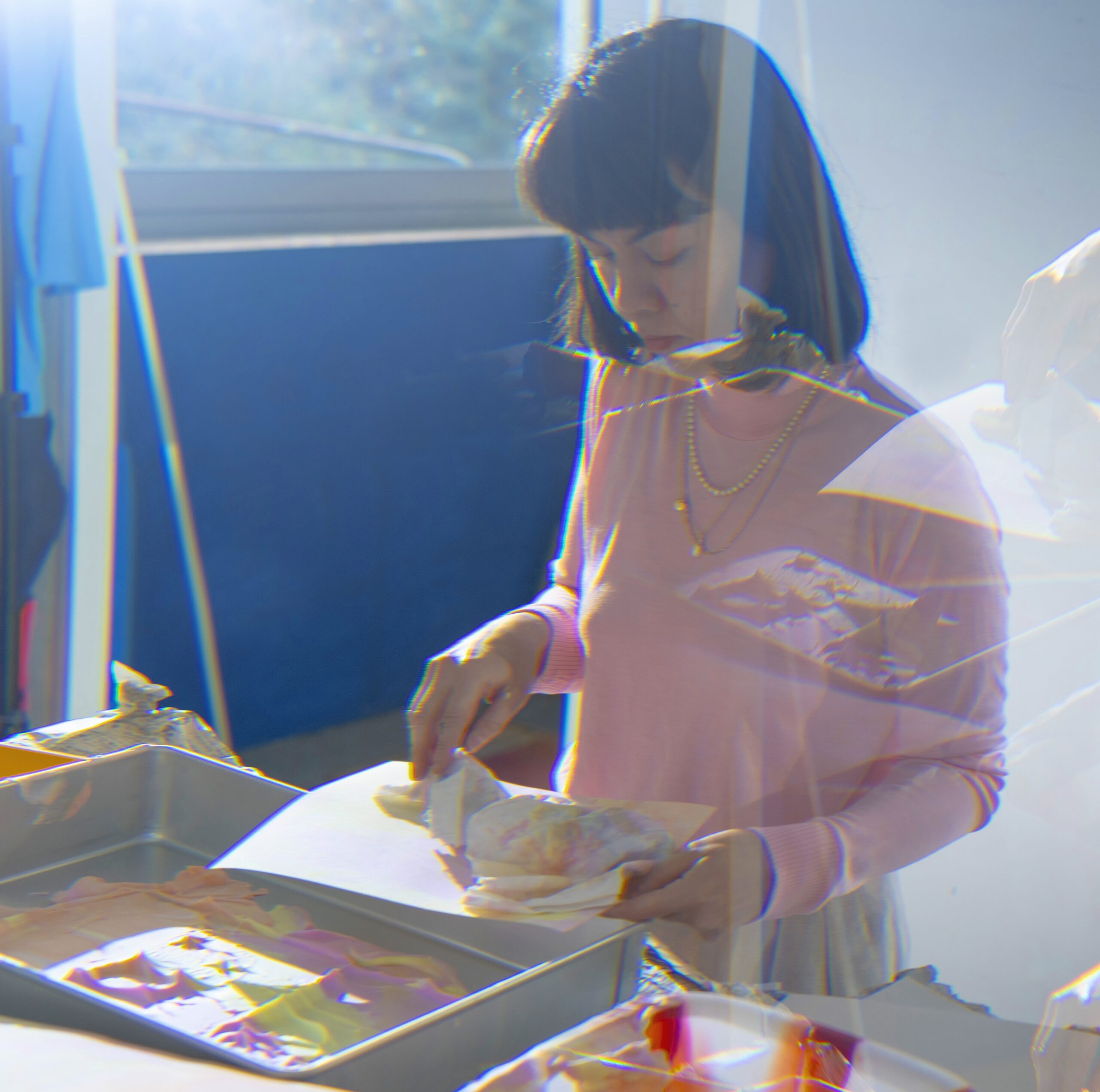
I developed a colorful approach which is more recognizable in my work and I try to change my gesture. And here instead of just putting the paper onto the water really like a plain, horizontally, I try to make a balance between 2D and 3D, to create a 2D piece, but with a 3D aspect.
I like the idea that I re-create the traditional gesture with my technique and make it my own, make a little bit more me. The second step more creative I would say.
Why do we actually need aesthetics?
We need aesthetics, especially in our daily lives, to feel connected to the world and to get closer to our emotions. Art also helps to get a better connection between people.
Through art, you can show new doors, new possibility. Because you work with intuition. Artists feel little details, all the things that normally people don't put in the foreground. The aesthetic function is essential in an object, because it is what dialogues with us on a daily basis.
We need aesthetics, especially in our daily lives, to feel connected to the world and to get closer to our emotions. Art also helps to get a better connection between people.
Through art, you can show new door, new possibility. Because you work with intuition. Artists feel little details, all the things that normally people don't put in the foreground. The aesthetic function is essential in an object, because it is what dialogues with us on a daily basis.
It also teaches us to see that each object is precious, whether it's painting or light.
Creators should do things that are as beautiful as possible, I feel that the beauty is very broad in what we can make it say.
What do you think about time? Is art a temporal thing? Is it about eternity somehow?
Timeless things resonate with the origins of humanity, they are really powerful.
We evolve and we change the society, but the need to express emotions, sensations remains. Beauty has always been there.
We have the same links with the first human and it's inside our blood. In my opinion, even if the time evolves, the base is the same, and this piece is a beauty. It resonates with our origin and sends a message to the future.
Functionality or aesthetics, what do you prefer in your everyday life?
I think it's a balance of the two, and you can feel it in my studio. Here, all the objects are functional, yet put together because in each object, in these tables, in the books, in the objects around there is an attentionto details. In fact, the whole creates a form of beauty, and I think that in fact, in any case, the aesthetic function is essential.
What is important to me is to pay attention to things. I think that 5,000 years later, people will be able to observe and say to themselves about the things that remains : "There was something in this object, a kind of legacy for the future".
Сheck Emilie Hirayama 's website.
Photos by Jenia Filatova.
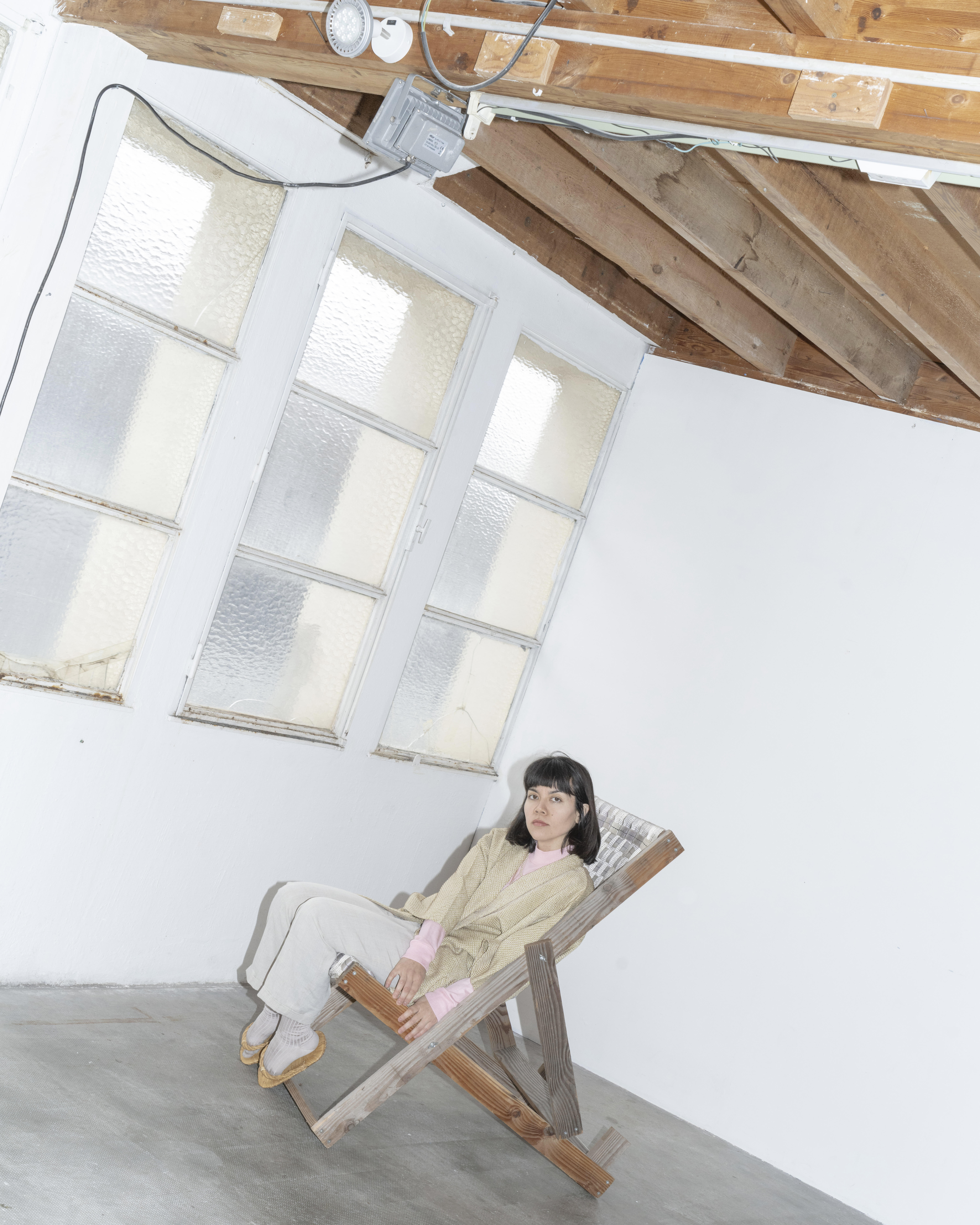
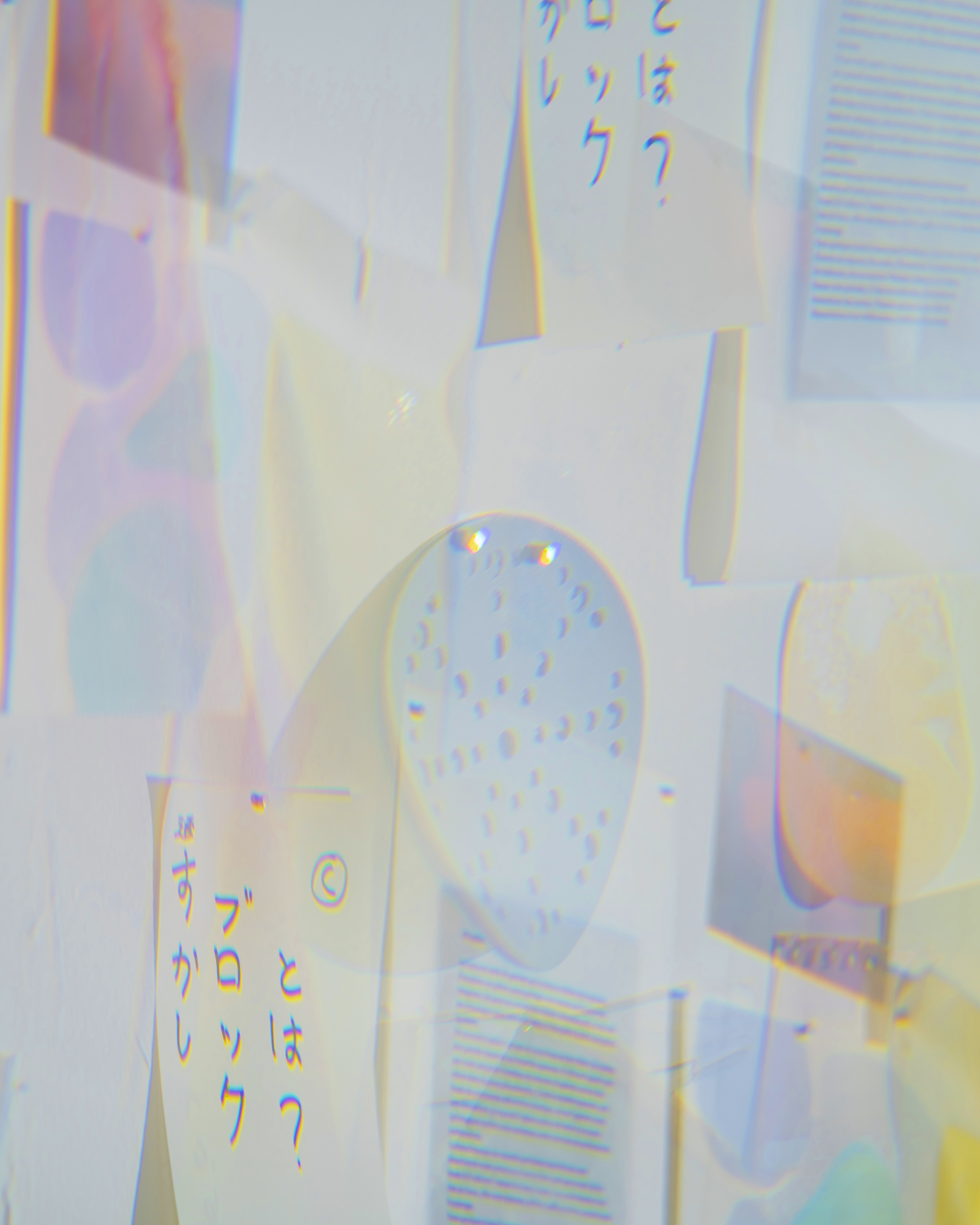
Selected Articles
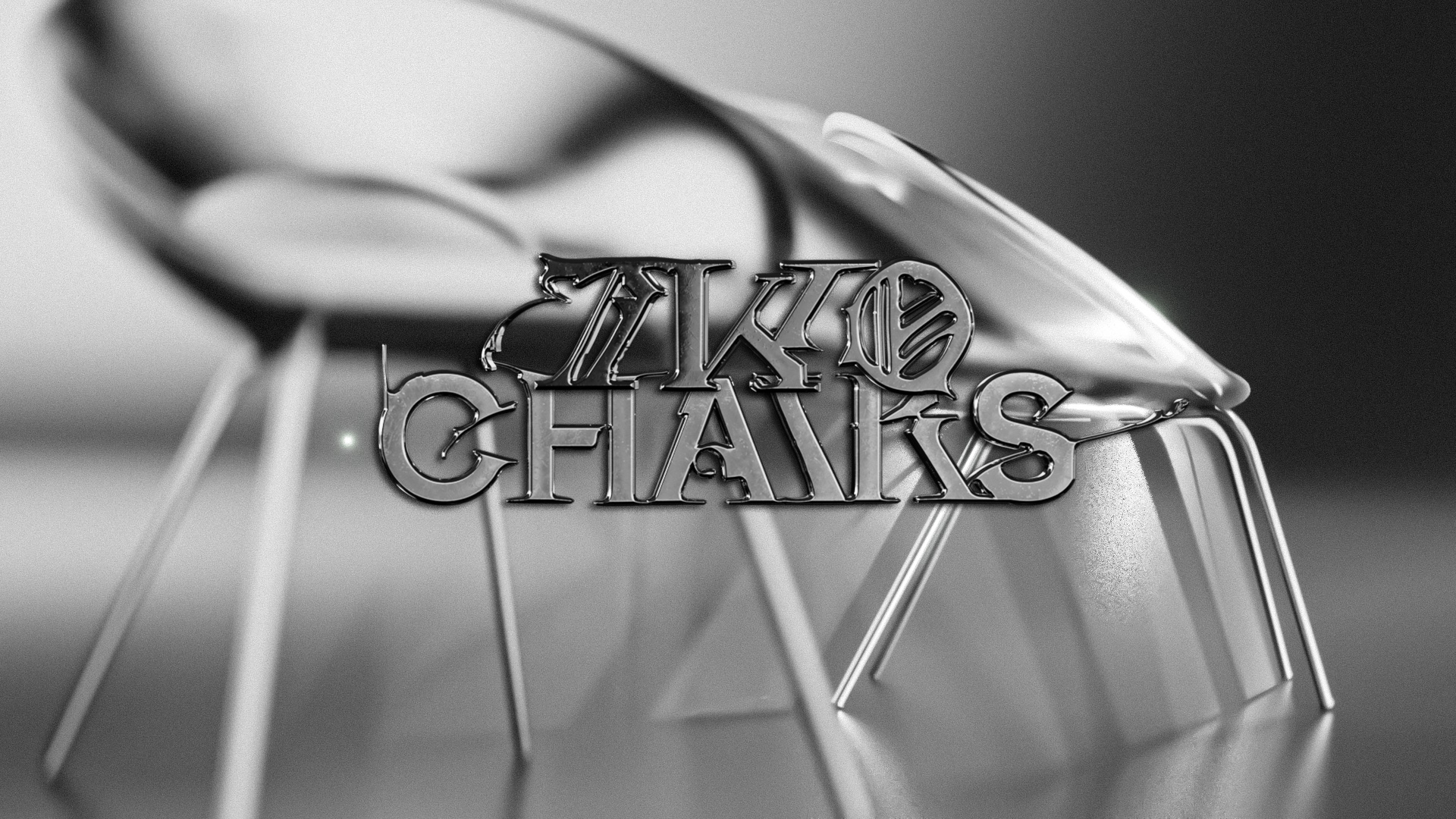
Two ChairsProject type

